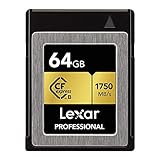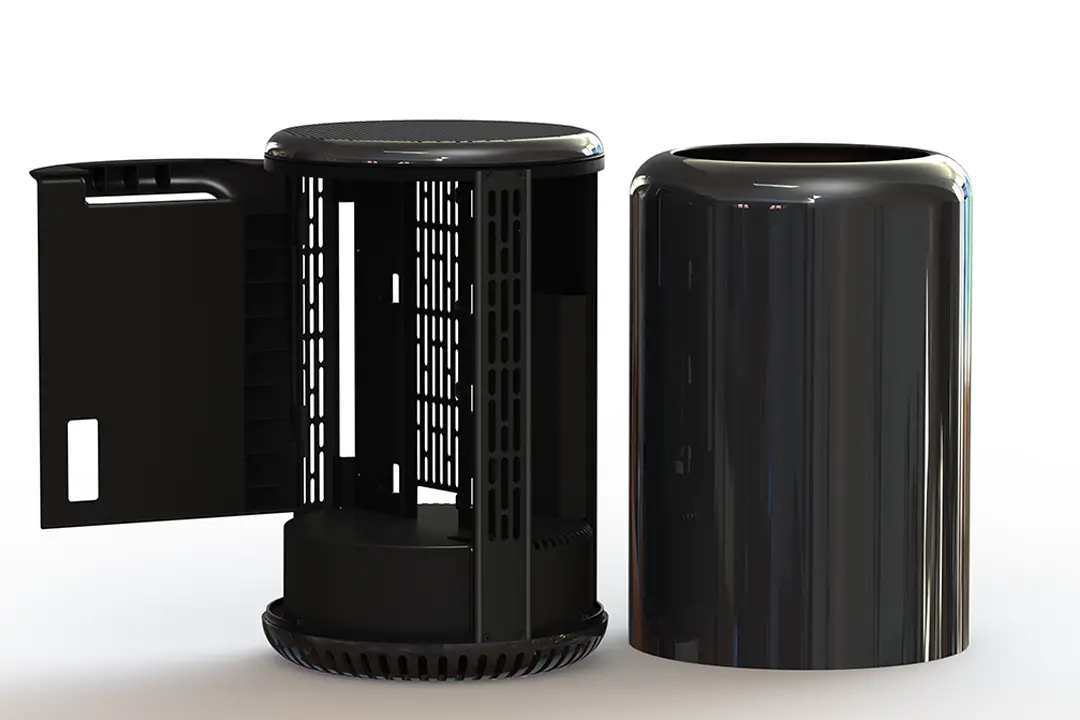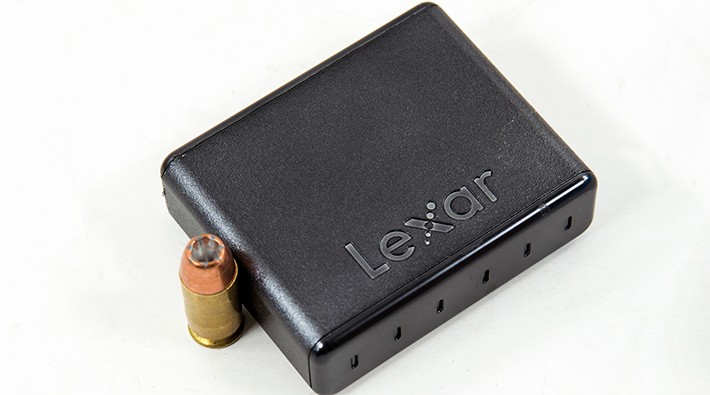We must admit to not being overly impressed with the original XQD format. When it was released it really did make us go ‘meh’. It offered no compelling argument for why we should change out our existing CompactFlash cards in our camera bag for this more expensive new storage medium. Basically XQD ran up against the old ‘good enough’ wall and could not break through it. At that time its performance improvement of 1400X vs 1066x really did not make that much sense given the fact that we had a camera bag full of ‘good enough’ CF cards. Cards that allowed our cameras to have ‘good enough’ burst capacity, were good enough in the storage department, and did not require a rather significant investment in both new cards but also card readers.
This new generation of XQD on the other hand has made us a believer. While there was a good argument to be made on why Nikon should have dumped XQD 1.0 and moved to CFast 2.0, the same no longer holds true when comparing XQD 2.0 vs CFast 2.0. As the Lexar Professional XQD 2.0 2933X showed, the differences are no longer huge, and with the inherent benefits of relying upon PCIe instead of SATA the future may indeed belong to XQD 2.0 and not CFast 2.0. More importantly with the release of the Lexar Professional XQD 2.0 2933X series, the performance improvements are large enough to turn the ‘good enough’ argument on its head. From now on CompactFlash will never be good enough, nor big enough. So much so that the cost of upgrading to this new storage medium is easier to justify than ever before. Hopefully, as more consumers transition to it, the price per Gigabyte will come down – as this is the only major drawback to XQD 2.0.
With all the pros and cons taken into account we understand why Nikon went with the XQD 2.0 standard for their new D5 and D500 models – and include CF as a ‘backup’ only slot. More importantly after working with the Lexar Professional 2933x XQD 2.0 card we can understand why out of all the various cards available they used this series to base all their burst speed numbers on.
Simply put this is the fastest XQD 2.0 card you can get right now. Considering its price premium is not that great compared to slower XQD options, this new series is a no-brainer. If you are seriously considering upgrading to the new Nikon D5 series (be it the D5, D500, or others to be named later) and are given the option take the XQD enabled model. Pay the upfront cost over CF and enjoy next generation performance.
ADVERTISEMENT
Lexar XQD 2933
ADVERTISEMENT
Page 8 of 8
ADVERTISEMENT
ADVERTISEMENT
Leave Comment













